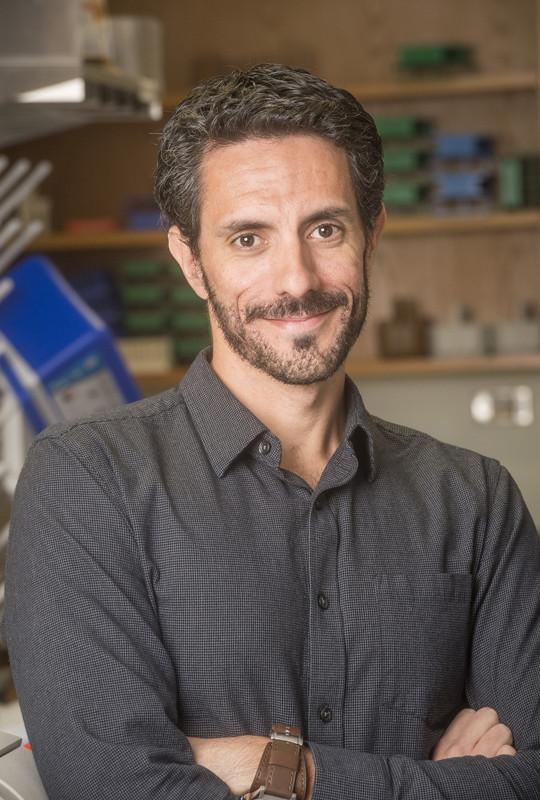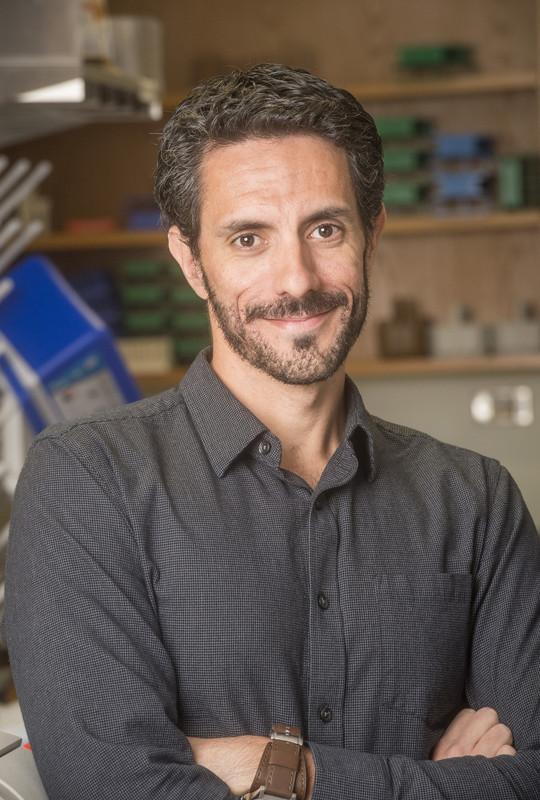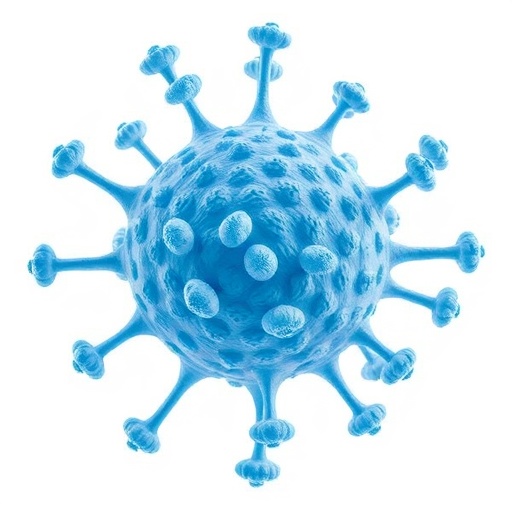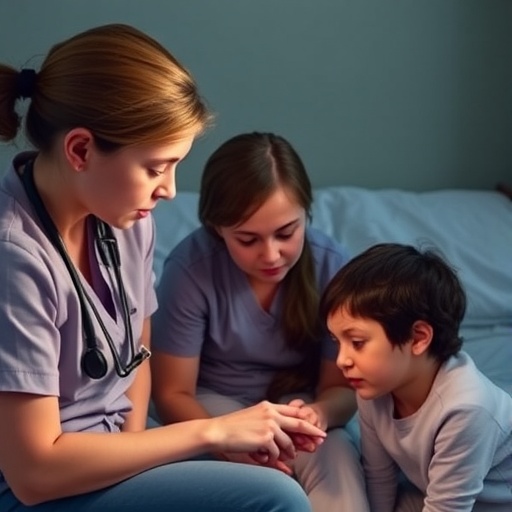
Credit: UAB
BIRMINGHAM, Ala. – The key weapon against viruses and bacteria that invade the body is production of antibodies, which act like guided missiles to attack and neutralize pathogens.
But as the body throws its effort into making ever-better antibodies during an infection, the random mutations that create those ever-stronger antibodies may also produce antibody-producing B cells that attack one's own body, mistakenly triggering autoimmune diseases like rheumatoid arthritis, systemic lupus erythematosus or multiple sclerosis.
André Ballesteros-Tato, Ph.D., assistant professor, University of Alabama at Birmingham Department of Medicine, likens those mistaken autoimmune attacks to the collateral damage that can happen in a wartime battle.
In research published in Nature Immunology, Ballesteros-Tato and colleagues used mice to study regulatory mechanisms in the immune system that prevent autoimmune disease. Using an influenza infection model in mice, they have found that a particular population of immune cells developed during the later stages of the immune response to the influenza infection. These cells, called T follicular regulatory cells, or TFR cells, subsequently prevented the generation of self-reactive antibody responses. At the same time, they did not affect the influenza-specific immune reaction.
"This research gives us clues of what to look for when we look at how autoimmune disease develops," Ballesteros-Tato said.
Study details
TFR cells are poorly understood compared with the more common T regulatory, or Treg, cells, which act to shut down or suppress immunity at the end of an immune reaction. The UAB team found that the two types behaved differently during influenza infections of mice.
As is well-known, the signaling molecule interleukin 2, or IL-2, has elevated levels as the immune response begins, and IL-2 stimulates the development of the conventional Treg cells. In the mice, these cells reached their peak one week after infection. In contrast, the UAB researchers found that IL-2 signaling inhibited, rather than promoted, the development of TFR cells during the peak of the immune response in mice. This inhibition used a mechanism that depended on the Blimp1 transcriptional repressor. Blimp1 prevented expression of the Bcl-6 master transcription factor, precluding TFR cell development.
When the influenza virus was eliminated and IL-2 levels were falling, some Treg cells downregulated the expression of CD25, which is part of the IL-2 receptor on the surface of Treg cells. Those cells upregulated the Bcl-6 master transcription factor and differentiated into TFR cells, reaching their peak numbers 30 days after infection. The TFR cells migrated to follicles of the lymph nodes, where antibody-producing B cells are known to proliferate and mutate their antibody genes to create ever-stronger antibodies.
In the follicles, the TFR cells prevented the accumulation of B cell variants that had mistakenly mutated to make antibodies that could attack the body's own cells. The TFR cells did not reduce the immune response against the influenza virus. Experimental methods that removed the TFR cells or prevented their development allowed expansion of B cells that made anti-self antibodies, as measured by anti-nuclear antibodies.
"In summary," Ballesteros-Tato and colleagues wrote in the paper, "our data demonstrate that IL-2 signaling temporarily inhibits TFR cell responses during influenza infection. However, once the immune response is resolved, TFR cells differentiate and migrate to B cell follicles, where they are required for maintaining B cell tolerance after infection. Thus, the same mechanism that promotes conventional Treg cell responses, namely IL-2 signaling, also prevents TFR cell formation.
###
Besides Ballesteros-Tato, co-authors of the Nature Immunology paper, "Dynamic regulation of T follicular regulatory cell responses by interleukin 2 during influenza infection," are Davide Botta, Amy S. Weinmann, Allan J. Zajac, Frances E. Lund and Beatriz León, UAB Department of Microbiology; Michael J. Fuller, Holly Bachus, John E. Bradley and Troy D. Randall, UAB Department of Medicine, Division of Clinical Immunology and Rheumatology; and Tatiana T. Marquez-Lago, UAB Informatics Institute and Department of Genetics.
Support for this work came from UAB and from National Institutes of Health grants AI110480, AI116584, AI097357, AI109962, AI109962, AI061061 and AI049360. An X-RAD 320 unit was purchased through an NIH Research Facility Improvement Grant G20RR022807-01, and support for the UAB flow cytometry core was provided by NIH grants AR048311 and AI027767.
At UAB, Lund holds the Charles H. McCauley Chair of Microbiology and Randall holds the J. Claude Bennett Endowed Professorship in Rheumatology and Immunology.
Media Contact
Jeff Hansen
[email protected]
205-209-2355
http://www.uab.edu
Original Source
http://www.uab.edu/news/innovation/item/8752-preventing-autoimmune-disease-after-a-viral-infection http://dx.doi.org/10.1038/ni.3837





